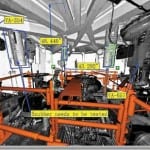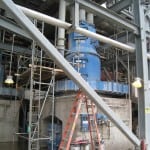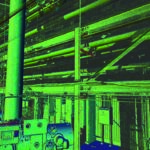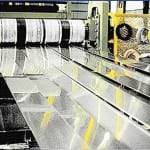Power plants require regular maintenance outages to stay in top condition, but shutdown periods can be stressful. New tools are available that can save time, reduce labor costs, and improve safety.
The direction of the Environmental Protection Agency’s New Source Performance Standards (NSPS) is as uncertain as the direction of the wind, especially in an election year. Coal- and gas-fired power facilities can only focus on factors within their control, and that includes the efficiency of their scheduled outages for refractory and insulation repair and maintenance.
These costs are relatively small. However, the potential cost efficiencies that come from using new technologies may be significant. They include using digital technologies to create pre-cast refractory shapes, computer-controlled welding systems, and digital planning and 3D modeling tools.
Precast Solutions
Making precast refractory shapes (Figure 1) for burners traditionally requires fabricating wood or steel forms that take several days to build. If no blueprints exist, a team has to make a site visit to take measurements. Such a manual process inherently introduces the potential for human error. Digital solutions can change that.
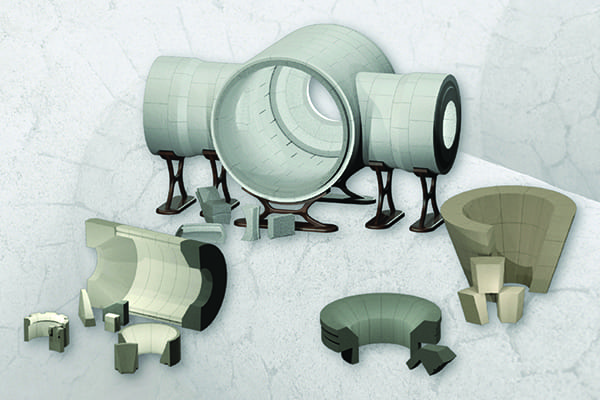 |
|
1. Handheld laser scanning systems and design software enable reverse engineering, allowing contractors to create any refractory shape within hours instead of days. Courtesy: BrandSafway |
Yesterday’s tape measure is being replaced with handheld 3D laser scanners (Figure 2). They look like something out of Star Trek but deliver metrology-grade results. Even when scanning complex shapes with textured surfaces, accuracy can be within a fraction of a millimeter. These tools can take hundreds of thousands of measurements in the blink of an eye and scan complex shapes in seconds or minutes; this includes burner tiles, tunnel covers, lintels, peep sights, and other refractory elements.
 |
|
2. During the engineering phase of a project, specialty services, such as 3D laser scanning shown here, help improve accuracy and planning. Courtesy: BrandSafway |
Handheld scanners weigh just a few pounds; a single worker can go anywhere without lugging support equipment and take measurements in far less time than before. Moreover, the digital file generated can be easily stored and quickly retrieved, as opposed to rummaging around a warehouse to find the right form.
Next, instead of taking the time to build a steel or wood form, modern contractors can create a single-use form from expanded polystyrene (EPS) using a hot-wire CNC (computer numeric controlled) foam-cutting machine. Originally developed for signs, sculptures, and decorative concrete shapes, hot-wire foam-cutting machines can produce a form in just a few hours.
The process starts by feeding the data from the handheld scanner into computer-aided design and/or computer-aided manufacturing (CAD/CAM) software to create a 3D rendering and associated cut-path files. The CNC controls each end of the hot wire independently, so the four- or five-axis system can cut complex shapes.
The work envelope exceeds 12 feet by 9 feet by 4 feet, so shaping large objects is not a problem either. While EPS foam forms are single use, their ease and speed of creation frees scarce labor for other tasks, such as running digitally controlled refractory anchor welding systems.
Combating the Welder Shortage
According to the American Welding Society (AWS), the industry predicts a shortage of 450,000 skilled welding professionals by 2022, a challenge apparent when projects require welding refractory anchors using the shielded metal arc (stick) welding process. Computer-driven stud welding systems provide a superior alternative.
First, they don’t require certified welders, because operating computer-driven systems simply requires putting the anchor in the right spot and pulling the trigger (Figure 3). Contractors can train any of their available labor force for the task, as well as use labor that costs a fraction of what a certified welder demands. Digital systems are fully programmable and easily adjustable, providing the flexibility to accommodate different materials and different types of refractory anchors.
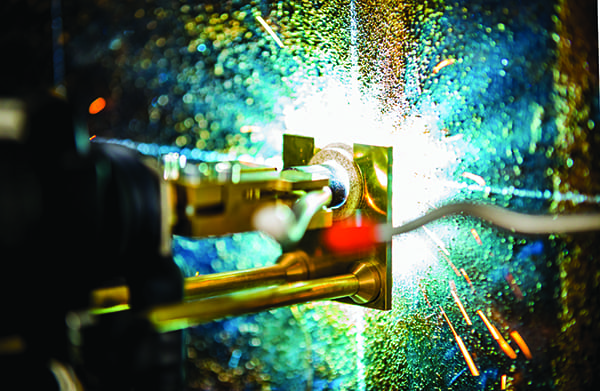 |
|
3. Modern stud-welding systems use microprocessor-controlled welding routines to deliver more consistent fusion while increasing productivity by up to 800%. Courtesy: BrandSafway |
Second, the process is up to 800% more productive. A two-person crew can make 2,600 stud welds in 12 hours; it would require 16 people to achieve the same results using conventional technology.
Third, state-of-the-art stud-welding systems reduce the error rate to 0.5% because they incorporate feedback loops that monitor and adjust welding output to ensure consistent fusion. Older stud-welding systems can have an error rate that exceeds 10%, which is why some contractors shied away from them. As an added benefit, computer-controlled welding systems generate far less fumes compared to stick welding, so they may be able to eliminate the need for respiratory protection and ventilation during welding in some situations.
Shutdown Planning
Power plants have unique structural designs. Some locations are relatively easy to reach, while others require elaborate scaffold to gain access. When planning a shutdown, engaging the access provider early provides two key benefits.
First, there are a host of access solutions besides scaffold, such as rope access teams (essentially mountaineers with trade skills) and a host of suspended access solutions, including motorized lifts, swing stages, and rigid work platforms, that could potentially be used instead. For example, one Midwestern coal-fired power plant with a nameplate capacity of nearly 700 MW completed work 12 days ahead of schedule using a combination of supported and suspended scaffold, which enabled the contractor to work simultaneously in the V-bottom and the bullnose.
On an even more innovative level, access providers can now combine design, access, and work planning software with building information modeling (BIM) tools like Navisworks from Autodesk. They can import 3D models of plants and then digitally illustrate access solutions and show all the areas refractory and insulation work needs to take place. They can create a virtual walk-through of any facility to better coordinate activities among other skilled trades, such as inspectors and welders. Safety leaders especially appreciate the ability to visually communicate.
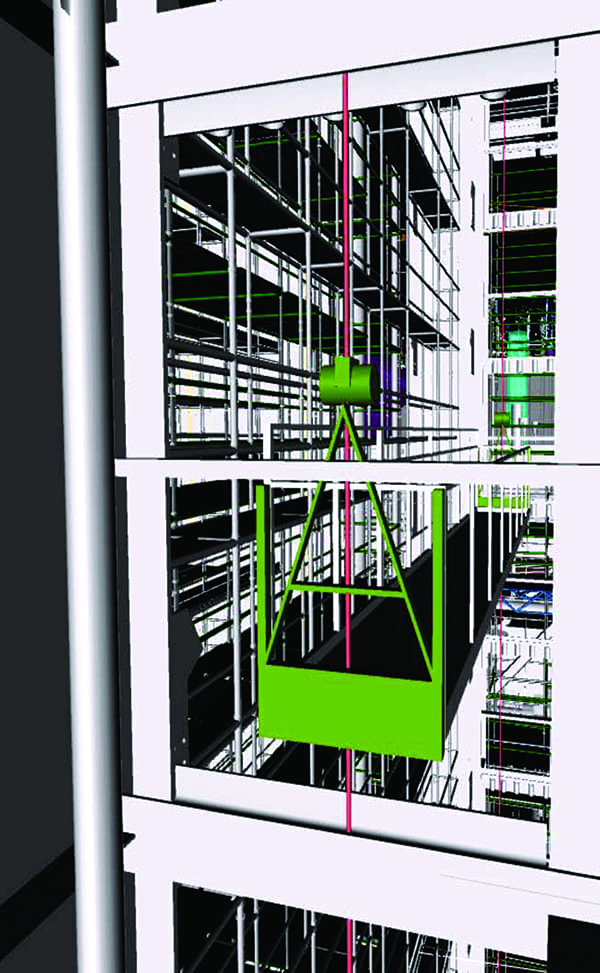 |
|
4. By using 3D-modeling software to illustrate access solutions, such as the motorized work platform shown here, access providers can identify and eliminate clashes with obstacles and better coordinate work among trades. Courtesy: BrandSafway |
While many older facilities do not have a digital model (or a valid current model because of modifications made over the years), that is no longer a problem. The same companies that provide access or install refractory and insulation also offer a suite of 3D services (Figure 4), which includes laser scanning, photogrammetry, LIDAR (light detection and ranging), thermography, and drone technology. They can generate point clouds for every object within a facility that is accurate to within a few centimeters, and then combine them with visual data, thermal data, and engineering files. When contractors can accurately plan their work—and then work their plan—without unanticipated delays or modifications, the boiler can get fired up earlier than estimated. ■
—Lance Zier is director of Refractory Operations with Industrial Specialists by BrandSafway.







